Additional info:
George Apostu was a Romanian sculptor who graduated from the Nicolae Grigorescu Institute of Fine Arts in Bucharest in 1959, where he studied sculpture with Ion Lucian Murnu and Constantin Baraschi. From 1964 until his death, he had numerous personal exhibitions in Romania and abroad in countries such as France, Belgium, Italy, Spain, Brazil and India. Throughout his artistic career, Apostu found inspiration in folk art, particularly in wood or stone sculpture and ethnographic pieces. He relied on these sources in order to create an original style that distinguished him from narrow, academic realism. One of his most well-known series is Father and son, which reinterprets the old Tree of life theme and emphasises the connection between humans and nature. Other remarkable series are Lapones and Butterflies which are inspired from rural artefacts and their organic shapes. Later in his life, George Apostu shifted away from the paganism that marked his earlier works and towards a christian interpretation of the theme of father and son. He was awarded numerous awards, including the Ioan Andreescu prize from the Romanian Academy in 1966 and the great sculpture prize from the Romanian Visual Artists’ Union in 1970. He is buried in the southern section of the Père-Lachaise Cemetery in Paris. In 2001, a dedicated area to Apostu’s works was organised in Kiseleff park in Bucharest, featuring an ensemble of eight sculptures, some of which were cast in bronze from original wooden works.
-
Ivan Kožarić
1921 - 2020 -
Hans Mattis - Teutsch
Brașov, Romania, 1884 - Brașov, Romania, 1960 -
Aurel Bulacu
b. Craiova, Romania, 1947 -
Mimi Șaraga Maxy
Bucharest, Romania, 1923 - Brive-la-Gaillarde, France, 2006 -
Ecaterina Vrana
Constanța, Romania, 1969 - Bucharest, Romania, 2019
You might also like:
-
 George ApostuSold for €671
George ApostuSold for €671 -
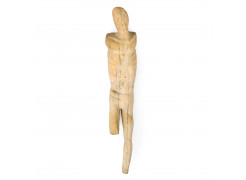 George ApostuSold for €2,684
George ApostuSold for €2,684 -
 George ApostuSold for €488
George ApostuSold for €488 -
 George ApostuSold for €3,904
George ApostuSold for €3,904 -
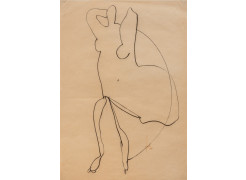 George ApostuSold for €610
George ApostuSold for €610 -
 George ApostuSold for €5,490
George ApostuSold for €5,490 -
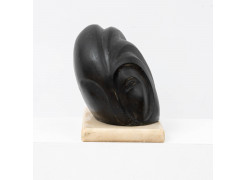 Sold for €4,514
Sold for €4,514 -
 George ApostuSold for €9,882
George ApostuSold for €9,882 -
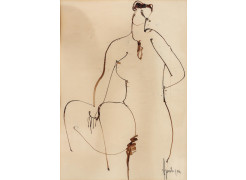 George ApostuSold for €488
George ApostuSold for €488 -
 George ApostuSold for €549
George ApostuSold for €549 -
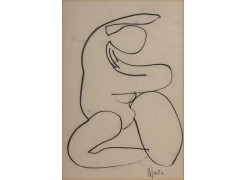 George ApostuSold for €427
George ApostuSold for €427 -
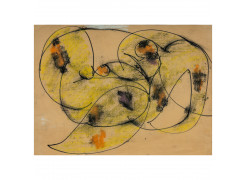 George ApostuSold for €732
George ApostuSold for €732